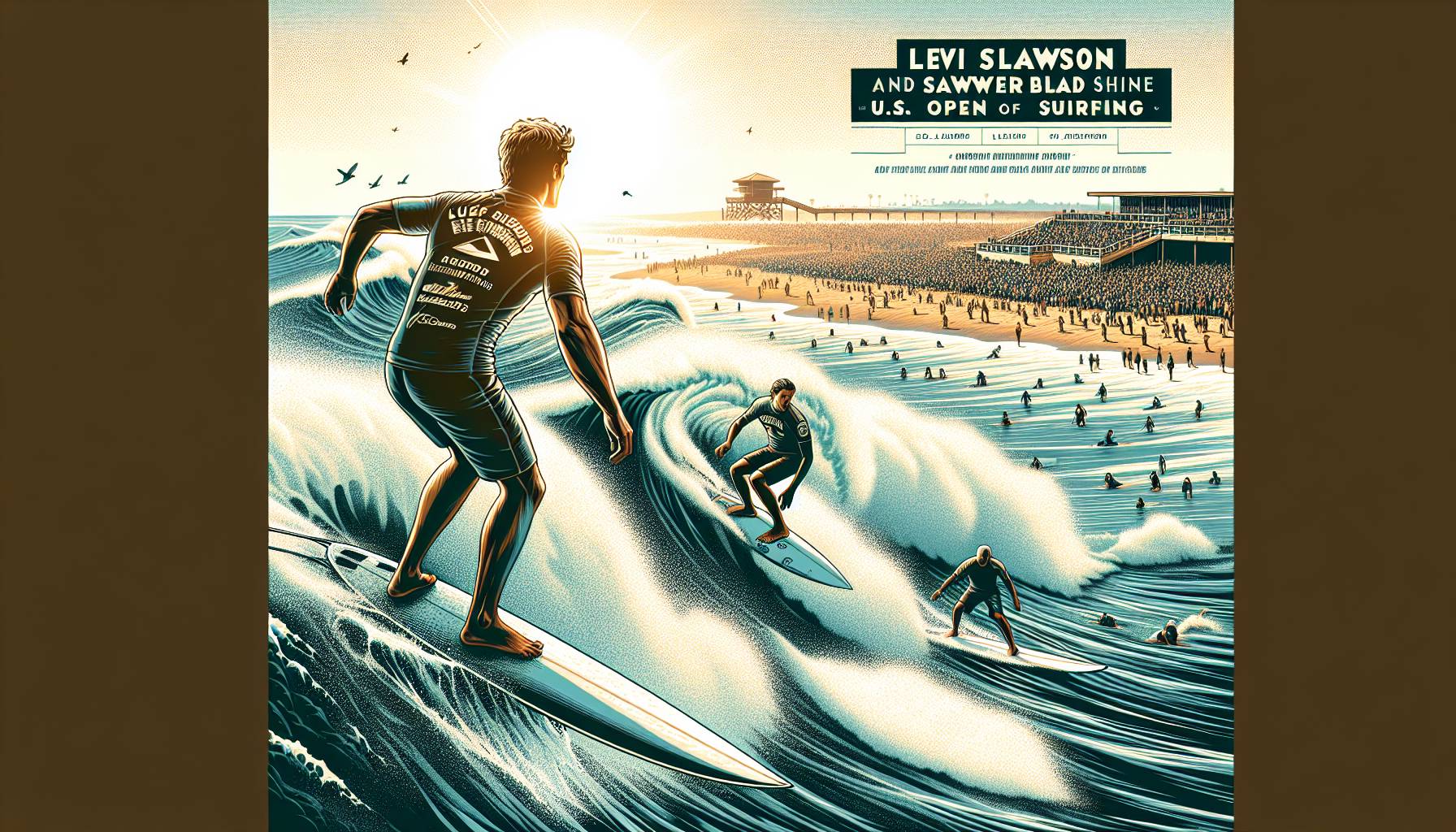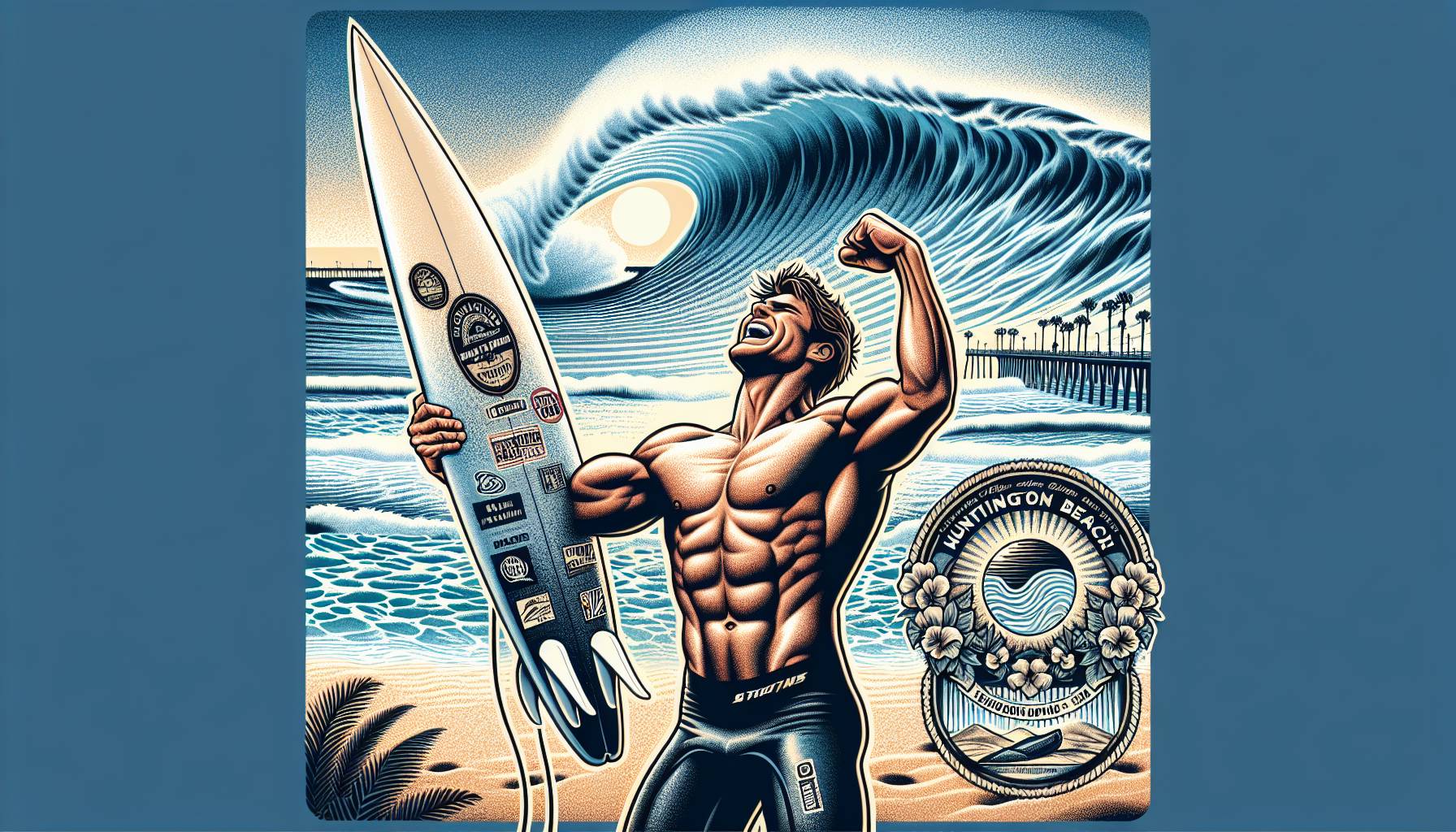ferry waves and their unique surf potential
Ferry waves are an often-overlooked phenomenon in the surfing world, but they offer a unique and thrilling experience for those in the know. Unlike traditional ocean swells, ferry waves are generated by the wake of large vessels, such as ferries, as they move through the water. These waves can be surprisingly consistent, forming predictable sets that break in specific areas along the ferry’s route. For surfers, this means the opportunity to ride waves in locations that might otherwise be flat or unsurfable.
What makes ferry waves particularly interesting is their shape and power. While they may not reach the towering heights of ocean swells, ferry waves can still pack a punch, offering clean, rideable faces that are perfect for shortboarders and longboarders alike. The waves tend to be well-formed, with a smooth, glassy surface, thanks to the relatively calm waters in which they are generated. This makes them ideal for practicing manoeuvres or simply enjoying a mellow session without the crowds found at more popular surf spots.
Another advantage of ferry waves is their accessibility. In many urban areas, ferry routes pass close to shorelines, providing surfers with a convenient option for a quick session. There’s no need to wait for the perfect swell or travel to remote beaches; instead, surfers can time their paddle-outs to coincide with the ferry schedule, ensuring a steady stream of waves throughout the day.
While ferry waves may not replace the thrill of catching a big ocean swell, they offer a unique and enjoyable alternative for surfers looking to mix things up. Whether you’re a seasoned pro or a beginner, the consistent, predictable nature of ferry waves makes them an exciting addition to any surfer’s repertoire.
ideal weather and wave conditions
When it comes to ferry waves, the right weather and wave conditions can make all the difference. While these waves are generated by the wake of ferries rather than natural ocean swells, the surrounding environment still plays a crucial role in shaping the quality of the surf. Calm, windless days are ideal, as they help maintain the smooth, glassy surface that ferry waves are known for. Light offshore winds, in particular, can enhance the wave face, holding it up longer and making it easier to perform manoeuvres.
Water conditions are equally important. Ferry waves tend to form best in relatively shallow, sheltered areas where the wake can interact with the seabed to create a more defined, rideable wave. In deeper waters, the energy from the ferry’s wake dissipates more quickly, resulting in smaller, less powerful waves. However, in the right spot, with the right depth, ferry waves can reach heights of three to five feet, offering a surprisingly fun and challenging ride.
Timing is everything when it comes to ferry waves. Unlike ocean swells, which can be unpredictable, ferry waves follow a set schedule. Knowing when the ferry is due to pass by allows surfers to plan their session with precision. This predictability is a major advantage, especially for those who live in areas where natural surf conditions can be inconsistent. On a good day, with light winds and clear skies, ferry waves can rival some of the more traditional surf spots in terms of quality and fun factor.
It’s also worth noting that ferry waves are less affected by tides than ocean swells. While tides can influence the depth of the water and the shape of the wave, the ferry’s wake will still generate a surfable wave regardless of whether it’s high or low tide. This makes ferry waves a reliable option for surfers who want to get in the water without worrying about the usual variables that come with ocean surfing.
comparing ferry waves to traditional surf spots
When comparing ferry waves to traditional surf spots, there are several key differences that stand out, but also some surprising similarities. Traditional surf spots rely on natural ocean swells, which are generated by distant storms and wind patterns. These swells travel across vast distances before reaching the shore, where they interact with the seabed to form the waves surfers ride. The size, shape, and power of these waves can vary greatly depending on factors like swell direction, wind conditions, and the contours of the ocean floor. In contrast, ferry waves are created by the wake of large vessels, offering a more controlled and predictable source of surf.
One of the most obvious differences is the size of the waves. Traditional surf spots, especially those exposed to open ocean swells, can produce waves that range from small, playful peaks to massive, adrenaline-pumping barrels. Ferry waves, on the other hand, tend to max out at around three to five feet, making them more suitable for intermediate surfers or those looking for a less intense session. However, what ferry waves lack in size, they often make up for in consistency. While ocean swells can be hit or miss depending on the conditions, ferry waves follow a set schedule, allowing surfers to plan their sessions with precision.
Another key difference is the crowd factor. Popular surf spots, especially those with consistent waves, can become crowded quickly, leading to competition for waves and sometimes even tension in the lineup. Ferry waves, by contrast, are often found in less traditional surfing locations, such as harbours or urban waterways, where the crowds are typically smaller. This can create a more relaxed and enjoyable atmosphere, where surfers can focus on having fun rather than fighting for position.
In terms of wave quality, ferry waves can be surprisingly good. While they may not offer the same variety of shapes and sizes as ocean swells, the waves generated by ferries are often clean and well-formed, with a smooth, glassy surface. This makes them ideal for practicing manoeuvres or simply enjoying a mellow ride. Traditional surf spots, on the other hand, can be more unpredictable. A spot that was firing one day might be completely flat the next, or the wind might shift, turning what was once a perfect wave into a choppy mess.
That said, traditional surf spots still hold a special place in the hearts of many surfers. There’s something undeniably thrilling about paddling out into the open ocean, feeling the power of a natural swell beneath you, and catching a wave that has travelled thousands of kilometres to reach the shore. Ferry waves, while fun and convenient, don’t quite offer the same sense of adventure or connection to nature. But for surfers who live in urban areas or who are looking for a quick, reliable session, ferry waves can be a fantastic alternative.
Ultimately, the choice between ferry waves and traditional surf spots comes down to personal preference and what you’re looking to get out of your surf session. If you’re after big, powerful waves and the thrill of the unknown, traditional surf spots are hard to beat. But if you’re looking for consistency, convenience, and a more laid-back vibe, ferry waves offer a unique and enjoyable option that shouldn’t be overlooked.
Surf conditions and wave height analysis
When it comes to ferry waves, you’re looking at a sneaky little gem. These aren’t your typical ocean swells, but they can still pack a punch. We’re talking three to five feet of rideable waves, which might not sound like much, but trust me, they can deliver some serious fun. The ferry’s wake creates a consistent, predictable wave that breaks just right for a solid session. It’s like having your own private point break, minus the crowds and the sharks.
Now, don’t expect these waves to be as powerful as a cyclone swell rolling in from the Coral Sea, but they’ve got enough juice to keep you on your toes. The key here is timing. You’ve got to be ready when the ferry passes, because the window is short. Miss it, and you’re left sitting in flat water, waiting for the next one like a pelican waiting for a fish to jump.
For those who know how to read the water, these ferry waves can be a goldmine. They’re clean, they’re consistent, and they’ve got just enough push to let you carve, cruise, or even throw in a cheeky little air if you’re feeling it. It’s not Pipeline, but hey, it’s a lot closer to home and way less crowded.
Ideal weather and wind factors for surfers
When it comes to surfing, the weather and wind can make or break your session. For ferry waves, you’re looking for light winds—ideally under 10 knots. Anything stronger and you’ll be battling chop, which can turn those clean, glassy faces into a bumpy mess. A light offshore breeze is the dream scenario, holding the wave up just long enough for you to get that perfect drop-in. It’s like nature giving you a little high-five as you paddle in.
Temperature-wise, you’re not too fussed. Ferry waves are more about timing than the season. But let’s be honest, no one’s keen on freezing their bits off in the middle of winter. A sunny day with a bit of warmth in the air? That’s the sweet spot. You’ll be out there in boardies or a light wetsuit, feeling like you’ve hit the jackpot.
Cloud cover? Not a big deal. In fact, a bit of overcast can be a blessing, keeping the crowds away and giving you more room to move. But if you’re lucky enough to score a session with clear skies and a golden sunset, well, that’s just the cherry on top. You’ll be grinning ear to ear, knowing you’ve just surfed a wave that most people don’t even know exists.
So, in a nutshell: light winds, a bit of sun, and a ferry schedule you can set your watch to. That’s the recipe for a cracking day on the water. And if you’re really dialled in, you’ll be out there with a few mates, trading waves and having a laugh while the rest of the world is stuck in traffic.

